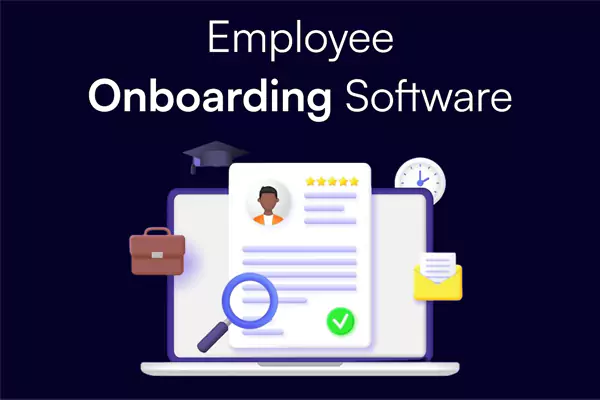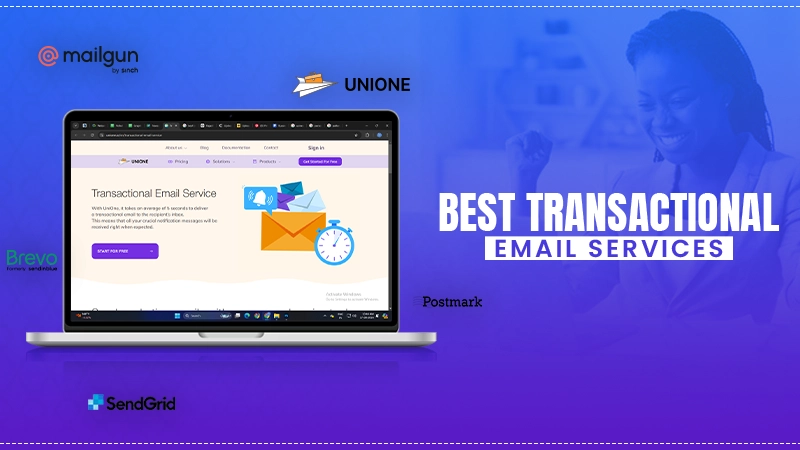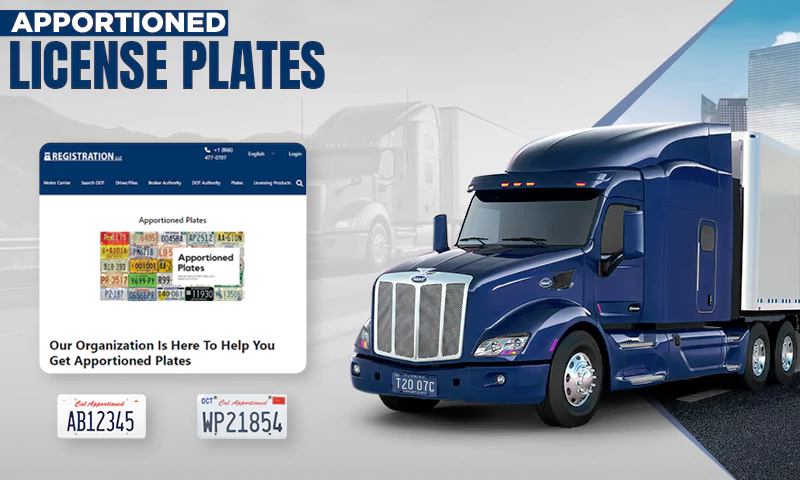Onboarding Software: Managing Cross-Functional Team Integration
Integration of new team members from different departments and diverse functions into the organization is a significant task. There are numerous onboarding software available in the market to make these tasks easy for companies.
It is commonly used for the incorporation of new employees, handling of paperwork, training, and task allotment. These tools help new hires understand the functionality of the company and its operations, clarity about their roles and responsibilities, and how they fit in the organization. It is vital to efficient management of the program to ensure complete integration.
Also, it ensures that new employees become productive and fully operational from the day one of their joining. Organizations can leverage the tool to streamline this process and make team members feel welcome and ready to contribute from the start. In this article, we will understand everything related to onboarding software.
Understanding Onboarding Software

The meaning of onboarding is introducing new hires into the company. It refers to solutions that assist organizations in managing the integration of team members across various functions and departments.
It offers an approach by automating tasks, facilitating collaboration, and sharing information among team members. Common features of this software include document sharing, task management, training modules, and social networking tools.
Benefits Offered by Onboarding Software
There are various benefits of using this tool, below is a list of some of the useful advantages of this software-
1. Standardization of Processes
One major advantage of onboarding software is its ability to standardize the hiring processes throughout departments within an organization.
It ensures that every new team member undergoes a comprehensive integration experience, regardless of the function or role they are joining. Also, companies can minimize the risk of overlooking tasks or information, ensuring a seamless transition for new team members.
2. Task Automation
Onboarding encompasses a range of tasks, including document collection and sharing, as well as assigning and monitoring training modules. It automates tasks and saves time and effort for HR departments and new employees, meanwhile maintaining better efficiency. Also, it reduces the likelihood of human error, guaranteeing that every step is followed properly in the hiring process.
3. Collaboration and Communication
This software encourages collaboration and communication among team members regardless of their roles or locations. Communication between HR and new hires is streamlined properly with the help of software.
The below graph represents the average duration of the onboarding process.

With features like networking tools or chat functionalities, fresh team members can connect with their colleagues in time to ask questions and establish relationships. It enables them to leverage the knowledge and expertise of their peers, facilitating an efficient integration process.
4. Improved Engagement and Retention
Effective onboarding plays a role in employee engagement and retention. By utilizing the software, organizations can implement the best onboarding practices for team members. It is achieved by collecting multimedia content, interactive training modules, or gamification elements.
When new members join the company and feel a sense of engagement and belonging, they are more likely to stay with the organization and become team contributors.
Effective Integration Practices Across Teams
Onboarding software provides organizations with the necessary tools, it is vital to follow best practices for the successful integration of cross-functional teams. Here are some practices to consider.
1. Clearly Define Roles and Responsibilities
Make sure that the roles and responsibilities of team members in their functions and departments are clearly defined. It helps them understand how they contribute. It also helps them envision a planned path for their career growth and work to get to a better position.
Did you know?
37.9% of employees leave a company within the first year.
2. Offer Cross-Functional Training
Providing functional training is significant in helping new team members grasp a holistic understanding of the organization and how different functions collaborate. It is done through workshops, shadowing experiences, or e-learning modules that cover company processes and initiatives.
3. Encourage Cross-Functional Collaboration
Create opportunities for functional collaboration by encouraging new team members to participate in projects or initiatives that involve multiple functions. It allows them to build relationships and gain a perspective on how various parts contribute to the organization’s success.
4. Assign a Mentor or Buddy
Assigning a mentor or buddy to team fellows can impact their integration process. When mentors are available, they can offer guidance to address any queries. Assist members in navigating their roles and responsibilities. This approach encourages team associates to seek support whenever necessary.
Conclusion
The integration of group members into functional teams poses challenges for organizations. By using onboarding software and following the best practices, companies streamline the process, improve collaboration, and make sure newly hired employees have a strong start.
It is also beneficial for facilitating communication among teams. By prioritizing onboarding strategies, organizations can make the hiring and integration process easy as well, and it can enhance employee engagement, retention rates, and overall group performance.
Share















